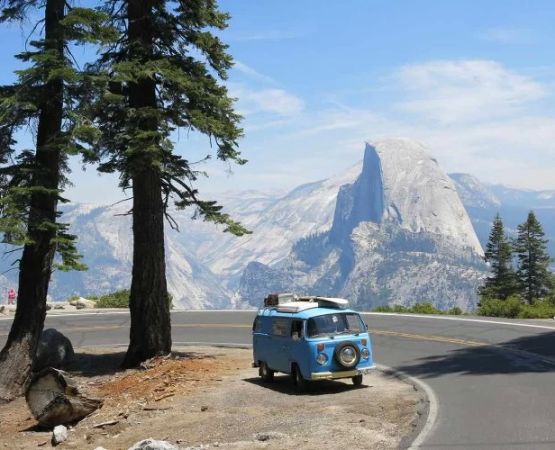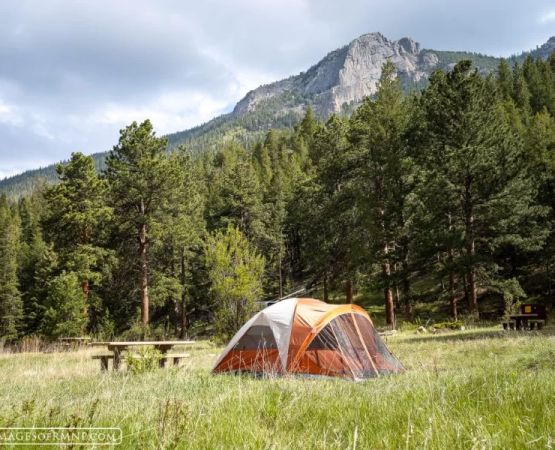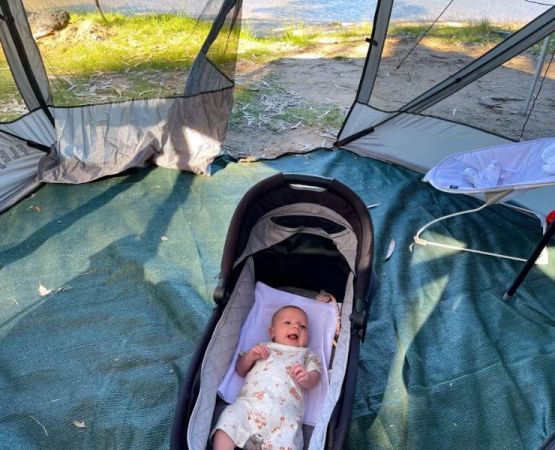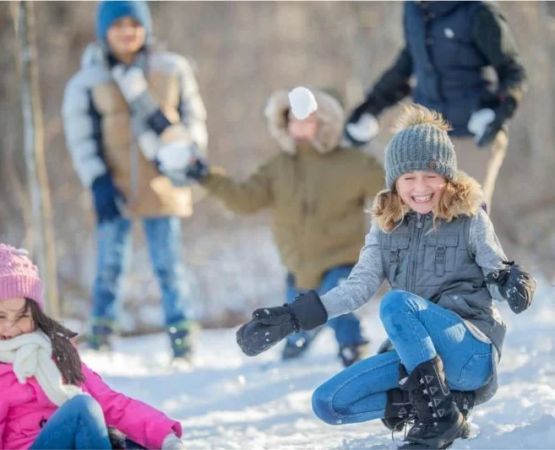- 1 - Tips for Finding the Best Campsite for Fishing
- 2 - Choosing a Location Near Water Access
- 3 - Evaluating Natural Features for Fishing Success
- 4 - Considering Comfort and Safety
- 5 - Real-Life Examples of Perfect Fishing Campsites
- 6 - Why Pine Cliff Resort is Ideal for Fishing Camps
1. Tips for Finding the Best Campsite for Fishing
For fishing enthusiasts, the choice of campsite can make or break the experience. Finding the best campsite for fishing goes beyond pitching a tent near a body of water—it involves understanding the environment, the fish species in the area, and the balance between comfort and accessibility. When chosen wisely, the right spot offers the perfect blend of relaxation, adventure, and memorable catches.
2. Choosing a Location Near Water Access
The first rule of selecting a fishing campsite is proximity to reliable water sources. Whether it’s a lake, river, or secluded pond, having quick access allows anglers to maximize their time on the water. Campsites along shorelines or slightly elevated banks not only provide beautiful views but also allow for early morning or late evening fishing sessions without long hikes.
Many experienced campers also suggest looking for areas with gradual shoreline entry rather than steep banks. This makes it easier to cast lines, launch kayaks, or wade into shallow areas where fish are more active during feeding times.
3. Evaluating Natural Features for Fishing Success
When scouting for the best campsite, consider natural features that influence fish behavior. Look for fallen logs, rocky outcrops, or vegetation that provides shelter for fish. Areas where streams flow into lakes or rivers often create nutrient-rich zones that attract more species.
Another important factor is sun and shade exposure. Fish often gather near shaded areas during hot days, while open zones may be better during cooler mornings. By studying these features, campers can significantly increase their chances of a successful fishing trip.
4. Considering Comfort and Safety
While fishing access is important, a campsite must also offer safety and comfort. Avoid low-lying areas that may flood quickly after rain, and look for flat, dry ground that makes setting up camp easier. Additionally, having nearby tree cover can provide wind protection and a natural barrier against excessive sun exposure.
Always ensure that the location is safe for overnight stays, with enough distance from wildlife trails. A balance between closeness to water and a secure camping zone ensures that both the fishing experience and overall trip remain enjoyable.
5. Real-Life Examples of Perfect Fishing Campsites
Consider the popular camping areas near Minnesota’s Boundary Waters, where anglers often share stories of catching walleye and northern pike within walking distance of their tents. In another example, coastal campsites in Oregon allow for both freshwater and saltwater fishing, making them a paradise for travelers who love variety. These real-world examples highlight how location and environmental awareness play a vital role in creating the ultimate fishing getaway.
One camper even shared how selecting a site near a small inlet allowed his group to catch fresh fish for dinner every night, turning their camping trip into an unforgettable culinary adventure.
6. Why Pine Cliff Resort is Ideal for Fishing Camps
For those who want the best of both worlds—excellent fishing access and comfortable amenities—Pine Cliff Resort is a top choice. The resort offers access to well-stocked lakes and rivers, making it easy to find a prime spot for your next fishing trip. Beyond fishing, guests can enjoy cozy accommodations, guided advice on local fish species, and the convenience of being close to everything you need for a successful outdoor adventure.
Whether you’re planning a family getaway or a solo fishing expedition, Pine Cliff Resort provides the perfect base for a rewarding and safe fishing experience.







